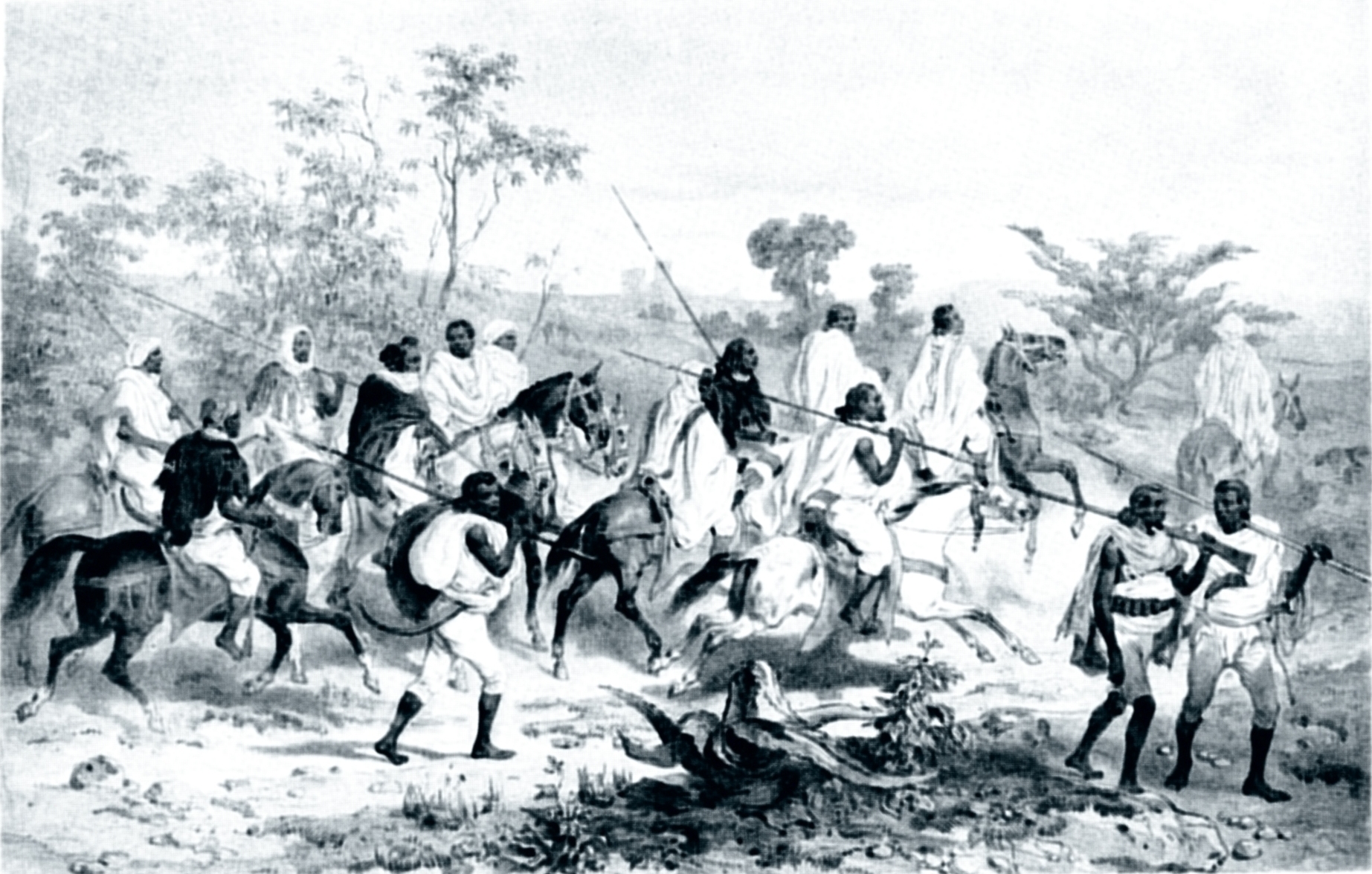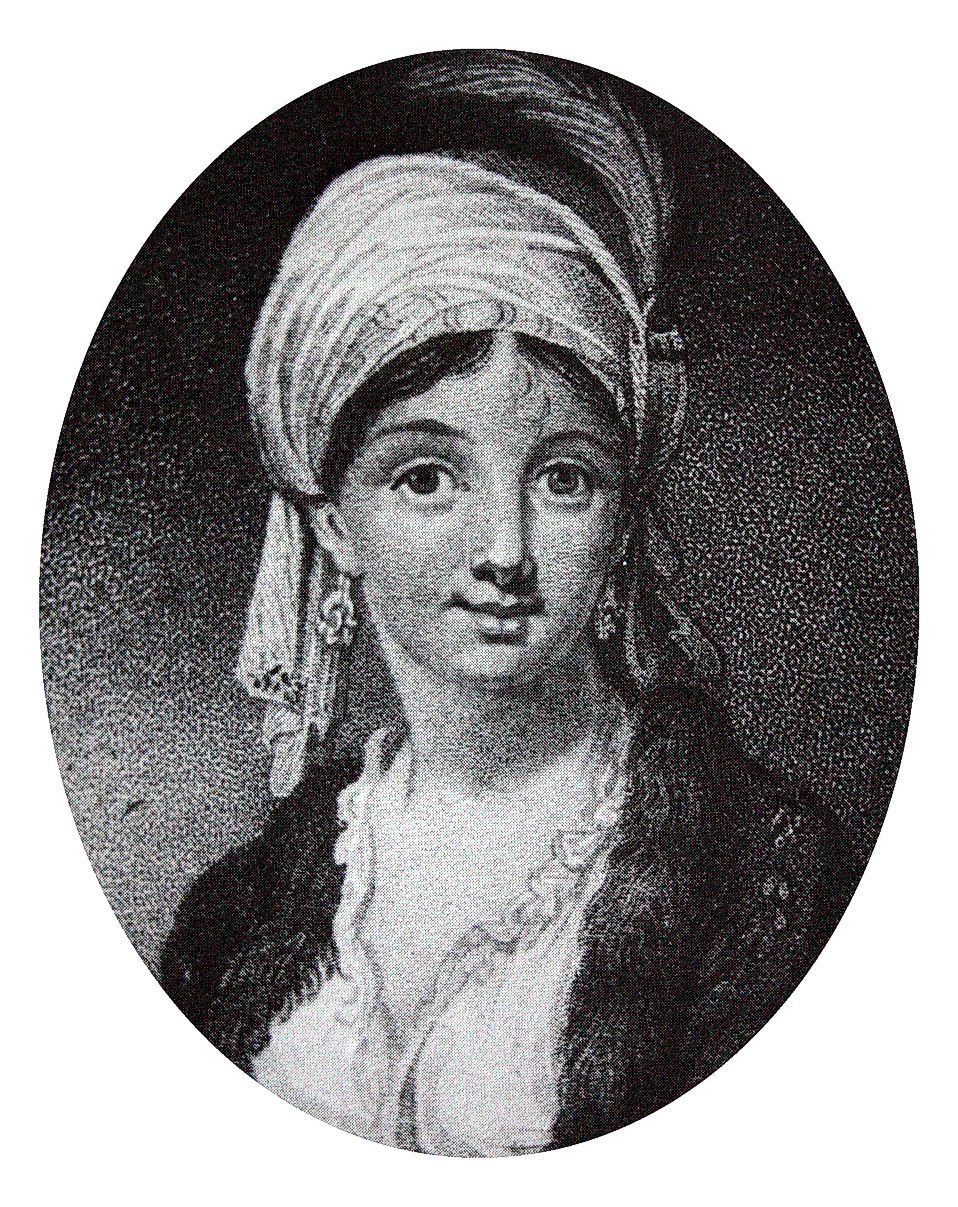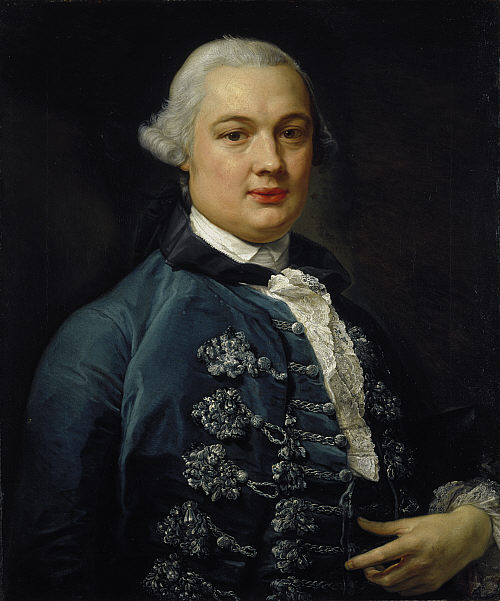|
Three Battles Of Sarbakusa
The three battles of Sarbakusa were three military engagements in Ethiopian Empire, Ethiopia during the Zemene Mesafint that took place in May 1771. They pitted Wand Bewossen and Fasil of Damot against the forces of Emperor of Ethiopia, Emperor Tekle Haymanot II and Ras (title), Ras Mikael Sehul, with the former prevailing. This led to the end of Mikael Sehul's hegemony in imperial politics and the marginalization of Tekle Haymanot. According to James Bruce, the Meridazmach Amha Iyasus led 1,000 horsemen in support of Emperor Tekle Haymanot at Sarbakusa.James Bruce, ''Travels to Discover the Source of the Nile'' (London, 1790), vol. 4, p. 94 References Battles involving Ethiopia, Sarbakusa Battles of the Zemene Mesafint, Sarbakusa Conflicts in 1771 1771 in Africa 1771 in Ethiopia 18th century in Ethiopia {{battle-stub ... [...More Info...] [...Related Items...] OR: [Wikipedia] [Google] [Baidu] |
Ethiopian Empire
The Ethiopian Empire (), also formerly known by the exonym Abyssinia, or just simply known as Ethiopia (; Amharic and Tigrinya: ኢትዮጵያ , , Oromo: Itoophiyaa, Somali: Itoobiya, Afar: ''Itiyoophiyaa''), was an empire that historically spanned the geographical area of present-day Ethiopia and Eritrea from the establishment of the Solomonic dynasty by Yekuno Amlak approximately in 1270 until the 1974 coup d'etat of Emperor Haile Selassie by the Derg. By 1896, the Empire incorporated other regions such as Hararghe, Gurage and Wolayita, and saw its largest expansion with the federation of Eritrea in 1952. Throughout much of its existence, it was surrounded by hostile forces in the African Horn; however, it managed to develop and preserve a kingdom based on its ancient form of Christianity. Founded in 1270 by the Solomonic Dynasty nobleman Yekuno Amlak, who claimed to descend from the last Aksumite king and ultimately the Biblical Menelik I and the Queen of Sheba, i ... [...More Info...] [...Related Items...] OR: [Wikipedia] [Google] [Baidu] |
Zemene Mesafint
The Zemene Mesafint ( gez, ዘመነ መሳፍንት ''zamana masāfint'', modern: ''zemene mesāfint'', variously translated "Era of Judges," "Era of the Princes," "Age of Princes," etc.; named after the Book of Judges) was a period in Ethiopian history between the mid-18th and mid-19th centuries when the country was ruled by a class of regional noblemen and the emperor was merely a figurehead. For the most part, the regional lords were tightly related by marriage and constituted a stable ruling elite that prevailed until the mid 20th century. In short, during the Zamana Masafint, the Emperors from the Solomonic dynasty were reduced to little more than figureheads confined to the capital city of Gondar. The most powerful lords during the Zemene Mesafint were Ras Mikael Sehul of Tigre and later the Were Seh Dynasty who included Ras Ali I, Ras Aligaz, Ras Gugsa and Ras Ali II based in Yeju, a region in Wollo. . The most powerful lords such as Ras Ali and Ras Gugsa were memb ... [...More Info...] [...Related Items...] OR: [Wikipedia] [Google] [Baidu] |
Wand Bewossen
Dejazmach Wand Bewossen (died 10 December 1777) was a prominent figure in Ethiopian history. He was governor of Lasta and later Begemeder. He was on the losing side in the Battle of Nefas Mewcha (1769), but one of the victorious generals in the Three battles of Sarbakusa (May 1771). For his valor in the Battle of Faggeta (9 December 1769), which included pursuing Fasil for three days after the engagement, he was made governor of Begemder, as well as married to ''Woizero'' Ayabdar. He was also married to ''Woizero'' Yeworqweha, who was a descendant of Iyasu I and Woizero Wossen Azal, daughter of Dejazmatch Eshete Awsgenyos, sometime Governor of Agaw and Damot. Not long after his marriage to ''Woizero'' Ayabdar, Wand Bewossen desired to wed Wossen Azal, the sister of Hailu Eshte. Hailu would not consent to this marriage: according to Herbert Weld Blundell's translation Hailu considered this alliance bigamous, but Donald Crummy's interpretation of the Ge'ez text is Hailu was more ... [...More Info...] [...Related Items...] OR: [Wikipedia] [Google] [Baidu] |
Fasil Of Damot
Fasilides ( Ge'ez: ፋሲልደስ; ''Fāsīladas''; 20 November 1603 – 18 October 1667), also known as Fasil, Basilide, or Basilides (as in the works of Edward Gibbon), was Emperor of Ethiopia from 1632 to his death on 18 October 1667, and a member of the Solomonic dynasty. His throne name was Alam Sagad (Ge'ez: ዓለም ሰገድ). Of Amhara descent, he was the son of Emperor Susenyos I and Empress Seltan Mogasa (Ge'ez: ሥልጣን ሞገሳ) (throne name) or Wald Sa'ala (Ge'ez: ወልድ ሠዓለ) (name) of Wagda Katata and Merhabete. Emperor Fasilides was born at Magazaz in Bulga, Shewa. His paternal grandfather's name was also Fasilides. He was builder of the Fasil palace. History Fasilides was proclaimed emperor in 1630 during a revolt led by Sarsa Krestos, but did not reach the throne until his father abdicated in 1632. Once he became emperor, Fasilides immediately restored the official status of the traditional Ethiopian Orthodox Church. He sent for a new ' ... [...More Info...] [...Related Items...] OR: [Wikipedia] [Google] [Baidu] |
Emperor Of Ethiopia
The emperor of Ethiopia ( gez, ንጉሠ ነገሥት, nəgusä nägäst, "King of Kings"), also known as the Atse ( am, ዐፄ, "emperor"), was the hereditary monarchy, hereditary ruler of the Ethiopian Empire, from at least the 13th century until the abolition of the monarchy in 1975. The emperor was the head of state and head of government, with ultimate executive power, executive, judicial power, judicial and legislative power in that country. A ''National Geographic'' article from 1965 called imperial Ethiopia "nominally a constitutional monarchy; in fact [it was] a benevolent dictatorship, benevolent autocracy". Title and style The title "King of Kings", often rendered imprecisely in English as "emperor", dates back to ancient Mesopotamia, but was used in Aksumite Empire, Axum by King Sembrouthes (c. 250 AD). However, Yuri Kobishchanov dates this usage to the period following the Persian Empire, Persian victory over the Roman Empire, Romans in 296–297. The most notabl ... [...More Info...] [...Related Items...] OR: [Wikipedia] [Google] [Baidu] |
Tekle Haymanot II
Tekle Haymanot II ( Ge'ez: ተክለ ሃይማኖት), throne name: Admas Sagad III (Ge'ez: አድማስ ሰገድ; 1754 – 7 September 1777) was Emperor of Ethiopia from 18 October 1769 to 13 April 1777, and a member of the Solomonic dynasty. He was the son of Yohannes II by ''Woizero'' Sancheviyar, at the Imperial prison of Mount Wehni. The Scots explorer James Bruce (who was in Ethiopia from September 1769 to November 1771) described his appearance as follows: : He was a prince of a most graceful figure, tall for his age, rather thin, and of the whitest shade of Abyssinian colour, for such are all those princes that are born in the mountain. He was not so dark in complexion as a Neapolitan or Portugueze, had a remarkably fine forehead, large black eyes, but which had something very stern in them, a straight nose, rather of the largest, thin lips, and small mouth, very white teeth and long hair. His features, even in Europe, would have been thought fine. he was particularly ca ... [...More Info...] [...Related Items...] OR: [Wikipedia] [Google] [Baidu] |
Ras (title)
Ras ( compare with Arabic Rais or Hebrew Rosh), is a royal title in the Ethiopian Semitic languages. It is one of the powerful non-imperial titles. Historian Harold G. Marcus equates the Ras title to a duke; others have compared it to "prince".''E.g.'', Don Jaide,An Etymology of the word Ras-Tafari – By Ras Naftali, Rasta Liveware, June 2, 2014; accessed 2019.06.24. The combined title of Leul Ras (Amharic: ልዑል ራስ) was given to the heads of the cadet branches of the Imperial dynasty, such as the Princes of Gojjam, Tigray, ''Ras'' Tafari Makonnen and the Selalle sub-branch of the last reigning Shewan Branch, and meaning "Lord of Lords", the highest title of lord. Historic Ras * Ras Wolde Selassie (1736 - 1816) * Ras Sabagadis Woldu (1780 – 1831) * Ras Alula (1827 – 1897) *Ras Gobana Dacche (1821 – 1889) *Ras Mekonnen Wolde Mikael (1852-1906) * Ras Mengesha Yohannes (1868-1906) * Ras Araya Selassie Yohannes (1869/70-10 June 1888) * Ras Sebhat Aregawi (1892- ... [...More Info...] [...Related Items...] OR: [Wikipedia] [Google] [Baidu] |
Mikael Sehul
Mikael Sehul (born Blatta Mikael; 1692 – 1784) was a nobleman who ruled Ethiopia for a period of 25 years as regent of a series of weak emperors. He was also a Ras or governor of Tigray 1748–71 and again from 1772 until his death. He was a major political figure during the reign of Emperor Iyasu II and his successors until almost the time of his death. The Scottish explorer James Bruce met Mikael during his stay in Ethiopia, and recorded the following description of the Ras when he granted Bruce an audience: We went in, and saw the old man sitting upon a sofa; his white hair was dressed in many short curls. He appeared to be thoughtful, but not displeased; his face was lean, his eyes quick and vivid, but seemed to be a little sore from exposure to the weather. he seemed to be about six feet high, though his lameness made it difficult to guess with accuracy. His air was perfectly free from constraint, what the French call ''degagée''. In face and person he was liker my learn ... [...More Info...] [...Related Items...] OR: [Wikipedia] [Google] [Baidu] |
James Bruce
James Bruce of Kinnaird (14 December 1730 – 27 April 1794) was a Scottish traveller and travel writer who confirmed the source of the Blue Nile. He spent more than a dozen years in North Africa and Ethiopia and in 1770 became the first European to trace the origins of the Blue Nile from Egypt and Sudan. Early life James Bruce was born at the family seat of Kinnaird, Stirlingshire, and educated at Harrow School and Edinburgh University, and began to study for the bar, but his marriage to the daughter of a wine importer and merchant resulted in him entering that business instead. His wife died in October 1754, within nine months of marriage, and Bruce thereafter travelled in Portugal and Spain as part of the wine trade. The examination of oriental manuscripts at the Escorial in Spain led him to the study of Arabic and Ge'ez and determined his future career. In 1758 his father's death placed him in possession of the estate of Kinnaird. To North Africa On the outbreak of war ... [...More Info...] [...Related Items...] OR: [Wikipedia] [Google] [Baidu] |
Meridazmach
Until the end of the Ethiopian monarchy in 1974, there were two categories of nobility in Ethiopia and Eritrea. The Mesafint ( gez, መሳፍንት , modern , singular መስፍን , modern , "prince"), the hereditary nobility, formed the upper echelon of the ruling class. The Mekwanint ( gez, መኳንንት , modern , singular መኰንን , modern or am, መኮንን , "officer") were the appointed nobles, often of humble birth, who formed the bulk of the aristocracy. Until the 20th century, the most powerful people at court were generally members of the ''Mekwanint'' appointed by the monarch, while regionally, the ''Mesafint'' enjoyed greater influence and power. Emperor Haile Selassie greatly curtailed the power of the ''Mesafint'' to the benefit of the ''Mekwanint'', who by then were essentially coterminous with the Ethiopian government. The ''Mekwanint'' were officials who had been granted specific offices in the Abyssinian government or court. Higher ranks from the titl ... [...More Info...] [...Related Items...] OR: [Wikipedia] [Google] [Baidu] |
Amha Iyasus
Amha Iyasus Kidane Kale, better known as Ammehayes (reigned c. 1744 – c. 1775), was a Meridazmach of Shewa, an important Amhara noble of Ethiopia. He was the son of Kidane Kale, and a sister of Goshu of Amhara. The Meridazmach made a diplomatic visit to the Emperor's court at Gondar in 1771, during the first decades of the chaotic Zemene Mesafint ("Era of The Princes"), where the Scots explorer James Bruce met him. Calling him "Yasous", Bruce describes Amha Iyasus as "the son of the governor of Shoa", "a man from twenty-six to twenty-eight years of age, tall, and of a just degree of corpulence, with arms and legs finely made; he had a very beautiful face, small features, and the most affable manners." Reign Mordechai Abir writes, "It was during the reign of Ammehayes that the reconquest of the territories held by the Galla really seriously began."Mordechai Abir, ''Ethiopia: The Era of the Princes; The Challenge of Islam and the Re-unification of the Christian Empire (1769- ... [...More Info...] [...Related Items...] OR: [Wikipedia] [Google] [Baidu] |
Battles Involving Ethiopia
A battle is an occurrence of combat in warfare between opposing military units of any number or size. A war usually consists of multiple battles. In general, a battle is a military engagement that is well defined in duration, area, and force commitment. An engagement with only limited commitment between the forces and without decisive results is sometimes called a skirmish. The word "battle" can also be used infrequently to refer to an entire operational campaign, although this usage greatly diverges from its conventional or customary meaning. Generally, the word "battle" is used for such campaigns if referring to a protracted combat encounter in which either one or both of the combatants had the same methods, resources, and strategic objectives throughout the encounter. Some prominent examples of this would be the Battle of the Atlantic, Battle of Britain, and Battle of Stalingrad, all in World War II. Wars and military campaigns are guided by military strategy, whereas bat ... [...More Info...] [...Related Items...] OR: [Wikipedia] [Google] [Baidu] |
.jpg)






